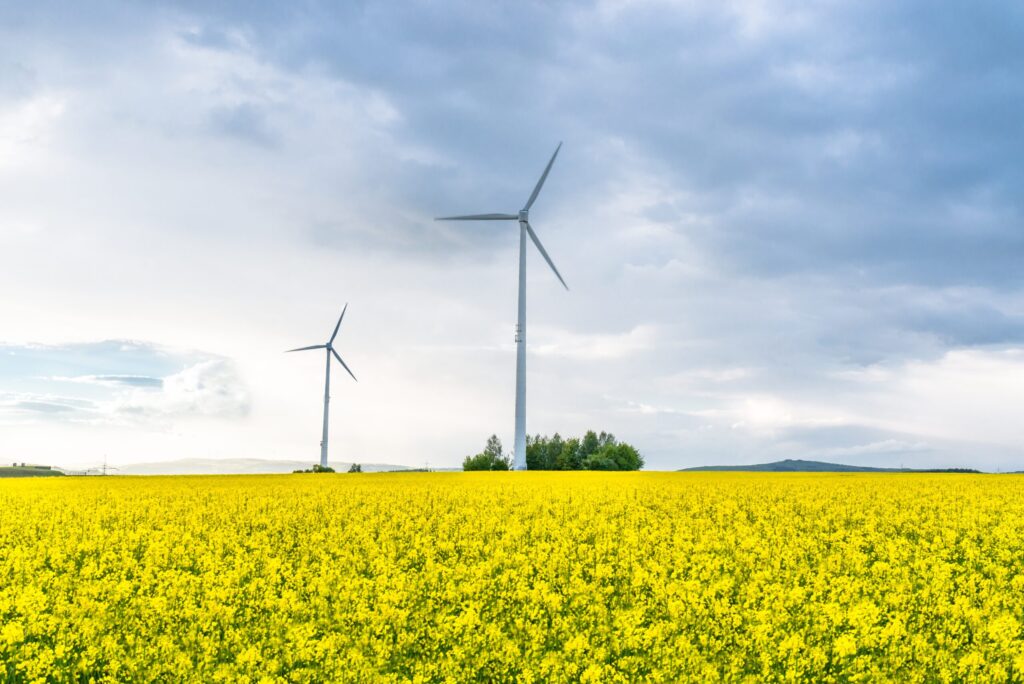
Energy: What Is It, and What Are Its Modern Applications?
Our world is built on energy. It fuels our cars, powers our computers, and heats our homes. But what exactly is energy? And more importantly, how do we harness its power for our day-to-day use? These are crucial questions as we strive to create a more sustainable world. By understanding energy’s nature and its modern applications, we can unlock the keys to a sustainable future.
What Is Energy?

Energy, in its most basic form, is the capacity to do work. It comes in various forms such as kinetic, potential, thermal, electrical, chemical, nuclear, and gravitational. This diversity enables energy to be transformed from one form to another to suit our needs. When we turn on our air conditioning systems in hot climates like Palm Desert, CA, for example, electrical energy is transformed into thermal energy to cool our homes. The importance of this process becomes clear during an unexpected system breakdown, where AC repair services in Palm Desert, CA, become essential to restore our desired comfort levels.
Modern Applications of Energy
Understanding energy and its various forms has enabled significant advancements in modern technology. One of these is in the field of transportation, where the application of chemical energy has seen dramatic development. Diesel engines, for example, make use of the chemical energy stored in diesel fuel to produce motion. Esso Diesel, a prominent brand in the fuel industry, provides a reliable source of energy for millions of vehicles worldwide. Their specially formulated fuel enhances engine performance, ultimately transforming chemical energy into kinetic energy, making global transportation more efficient and reliable.
Another critical application of energy is in the generation and distribution of electricity. Electricity is a form of energy resulting from the existence of charged particles such as electrons or protons. It is created in power plants through various means, including burning fossil fuels, harnessing wind with turbines, or capturing sunlight with solar panels. This electrical energy is then transmitted to homes and businesses through a complex network of power lines and substations.
Energy in the Information Age

In the information age, energy’s role is more critical than ever. Digital technology relies heavily on electrical energy to power servers, computers, and mobile devices. Data centers, massive repositories of servers, consume a significant amount of energy, providing the backbone for the internet and cloud services. Not only is the sheer volume of energy consumed a concern, but the source of that energy is also important. A shift toward renewable energy sources is crucial to ensure the sustainability of these digital infrastructures.
Furthermore, advancements in battery technology, an application of chemical energy, have been pivotal. From powering electric cars to serving as backup power for homes, improved battery technology is pushing the boundaries of energy storage and management, enabling us to use energy more efficiently.
In conclusion, understanding energy is critical to comprehend the modern world. Its applications range from powering our homes and transport to enabling our digital lifestyles. Whether it’s restoring comfort through AC repair services, fueling our vehicles with Esso Diesel, or powering the digital infrastructures of the future, energy is a cornerstone of our lives.
As we move forward, our understanding of energy and its sustainable use will shape the future—it’s important for our younger generations and the generations to come. The increasing importance of renewable and sustainable energy sources, coupled with advancements in energy efficiency and storage, indicates a future where we can harness energy in its various forms sustainably and responsibly. Indeed, energy is not only a cornerstone of modern life, but it is also a critical factor in our journey toward a sustainable future.
